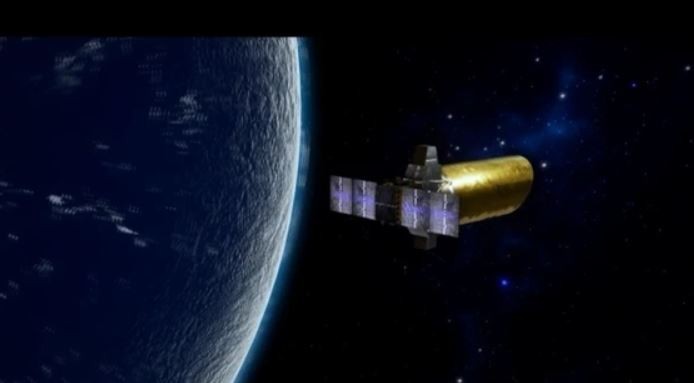国际首次!中国科学家提出寻找地球2.0计划:探索高等文明、星球迁移

在很多科幻电影中,人类都曾进行过星际移民,迁移到另外一个资源更加肥沃,更加宜居的星球上去。
现在,中国科学家正在探索将其变成现实。
据@科技日报 消息,近日中国科学院紫金山天文台透露,中国科学家们提出一项“近邻宜居行星巡天计划”(以下简称“CHES”),计划发射一个1.2 米口径的高精度天体测量空间望远镜。
它将在日地拉格朗日L2点常规运行至少5年时间,拟探测距离地球约32光年的100个类太阳型恒星,期望发现首颗太阳系外宜居带“地球2.0”。
CHES的科学载荷是一台口径为1.2米、焦距为36米的高像质、低畸变、高稳定光学望远镜,可实现全视场近衍射极限成像,就像是在浩瀚宇宙中一双明察秋毫的眼睛。
这将是国际上首次专门在近邻类太阳型恒星周围寻找宜居类地行星的空间探测任务。
中国科学院紫金山天文台研究员、“近邻宜居行星巡天计划”项目负责人季江徽透露,CHES计划要找的“地球2.0”或者说“孪生地球”,就是和地球质量相当,轨道处于宜居带,大气或者表面可能有液态水来维持生命存在的行星。
他强调:“即使人类现在没有能力达到这些类地行星,也并不影响我们思考人类在宇宙中将何去何从,去发现是否还有与地球一样的行星。”
International first! Chinese scientists propose a plan to find Earth 2.0: Exploring higher civilizations and planetary migration. In many sci-fi movies, human beings have migrated to another planet with more fertile resources and more livable resources.
Now, Chinese scientists are exploring to make it a reality.
According to @科技 Daily news, recently, the Purple Mountain Observatory of the Chinese Academy of Sciences revealed that Chinese scientists proposed a "Nearby Habitable Planetary Survey Program" (hereinafter referred to as "CHES"), planning to launch a 1.2-meter-diameter high-precision astrometric space telescope.
It will operate routinely at the L2 point of the Sun-Earth Lagrangian for at least 5 years. It plans to detect 100 sun-like stars about 32 light-years away from the earth, and expects to discover the first extrasolar habitable zone "Earth 2.0".
The scientific payload of CHES is a high image quality, low distortion, and high stability optical telescope with a diameter of 1.2 meters and a focal length of 36 meters, which can achieve near diffraction-limited imaging in the full field of view, just like a pair of eyes in the vast universe. .
This will be the first international space exploration mission dedicated to finding habitable terrestrial planets around nearby sun-like stars.
Ji Jianghui, a researcher at the Purple Mountain Observatory of the Chinese Academy of Sciences and the project leader of the "Nearby Habitable Planetary Survey Program", revealed that the "Earth 2.0" or "twin Earth" that the CHES plan is looking for is equivalent to the Earth's mass and its orbit is in the habitable zone. Planets whose atmospheres or surfaces may have liquid water to support life.
He emphasized: "Even if human beings do not have the ability to reach these terrestrial planets now, it does not affect our thinking about where human beings will go in the universe and discover whether there are planets like the earth."
